This cruise blends ancient history and modern luxury
Archaeological landmarks are the focus of a voyage that skips from Athens to Istanbul. It’s a journey into learning enhanced with the modern features of a well-equipped cruise ship.
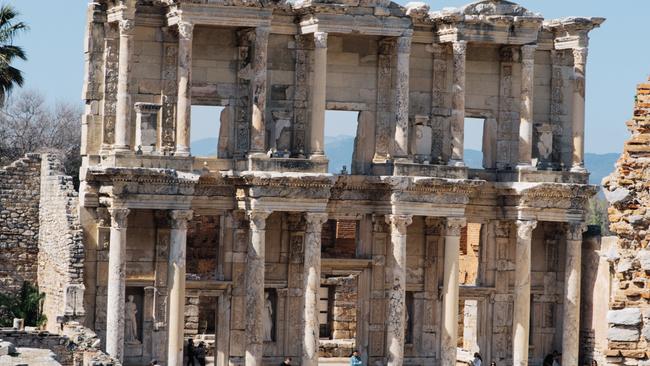
Etched into the base of Mount Parnassus in central Greece, the archaeological site of Delphi retains the power to enthral. In its heyday during the eighth century BC, pilgrims from all over the Mediterranean flocked here seeking answers to questions about their health, children and potential spouses from the god Apollo and his cryptic priestess. “Listen carefully to what the place has to offer,” declares our guide, suggesting we mull our own burning query. Around me lie broken columns, a stone amphitheatre, and an endless valley of olive trees. The morning sun is obscured by clouds, and the air is suffused with the scent of pine. Closing my eyes, a question takes shape: how will I fare on this cruise? Opening them, a beam of light bounces off a large stone altar and a cat that looks almost identical to my own rubs against my legs. Good omens, I think. Suddenly, a gaggle of noisy American schoolchildren shatter my reverie.
The oracle was right, though. My eight-day cruise turns out to be engaging, illuminating and enormously rewarding. I’m aboard Viking Saturn for the Ancient Mediterranean Treasures sailing, which hops from Athens to Istanbul with several stops in between, and sheds light on the riches of antiquity. This is right up my cobblestone alley, admittedly. I am a Unesco groupie who thrills to marble statuary, weather-worn temples and royal tombs. Give me a crumbling palace over a modern gallery any day. The shore excursions are impressively diverse – choose from a complimentary one in each port or myriad options at an additional cost. A daytrip from Athens, Delphi is a commitment but well worth it. The splendour of the monuments, the serenity of the mountainside location and even the nearby museum – featuring the famed 5th-century BC bronze sculpture, The Charioteer of Delphi – are all unforgettable. The transfer that weaves through olive groves, ski towns like Arachova and up steep inclines is an enchantment, too.
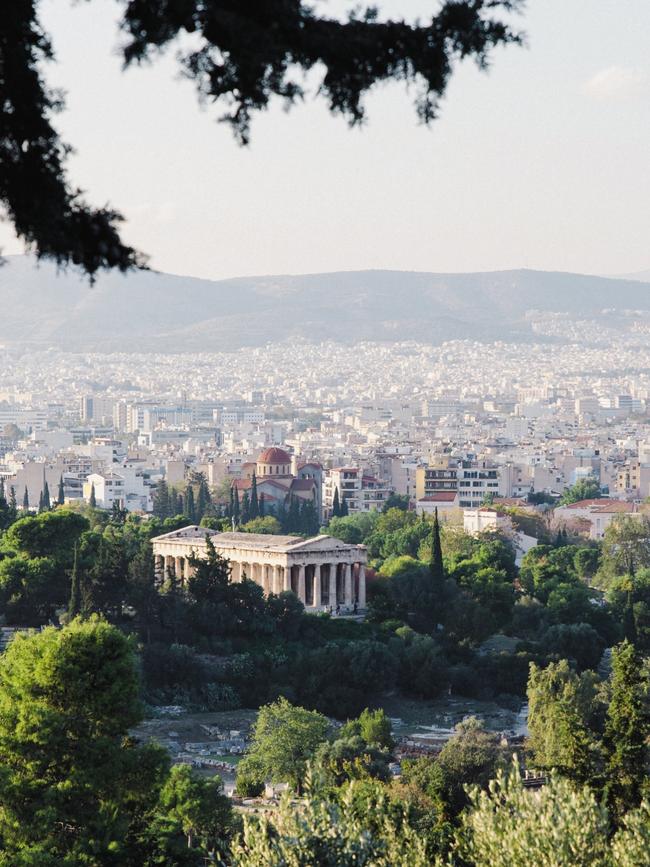
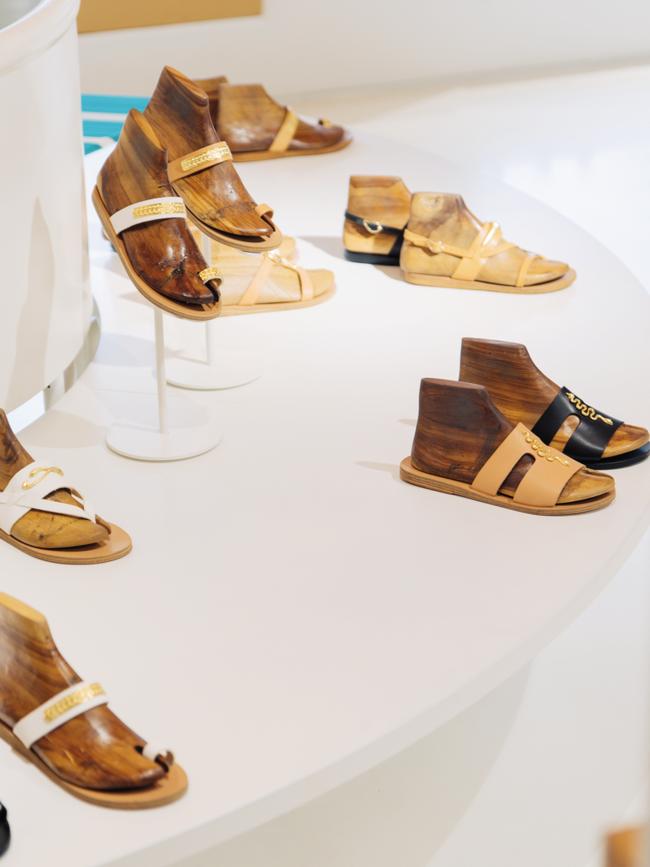
-
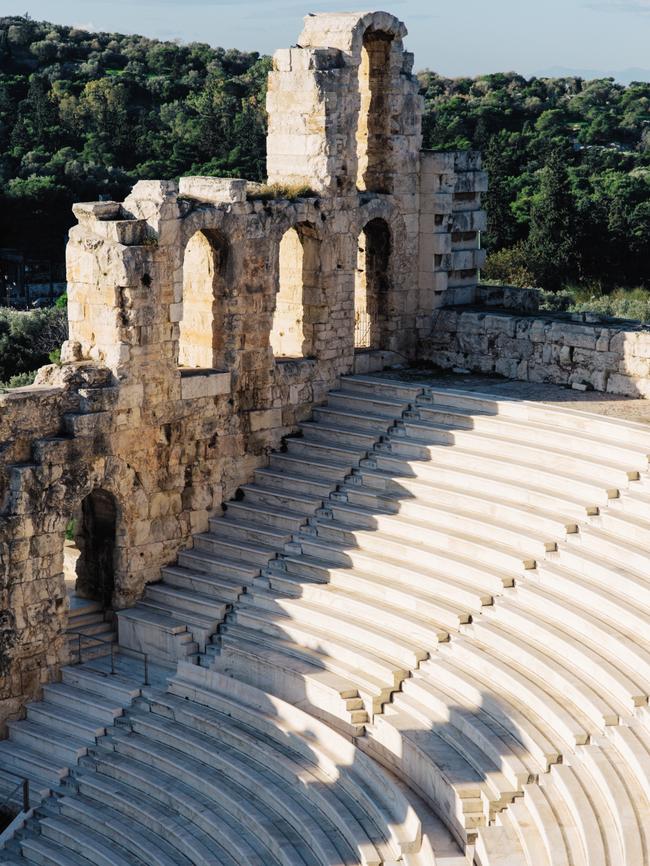
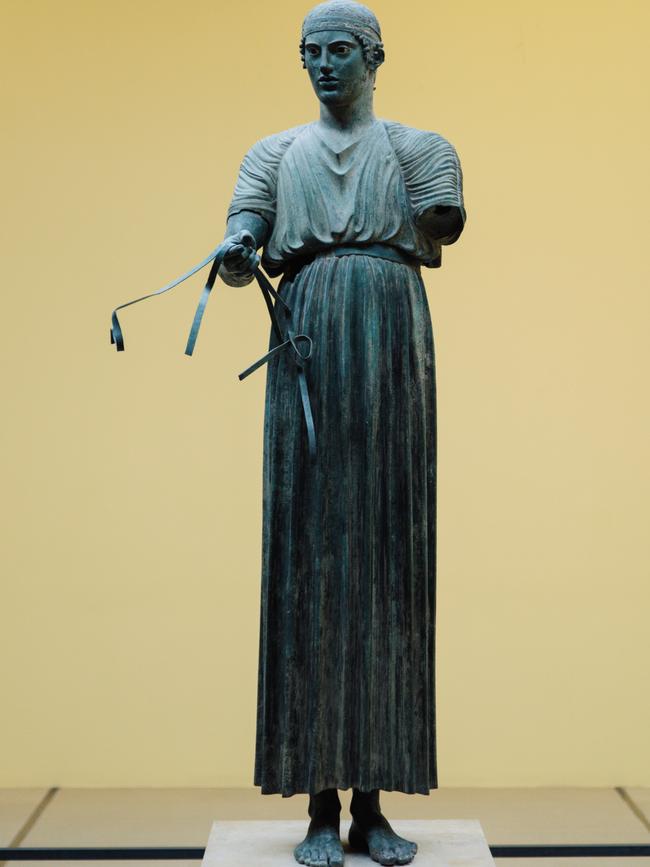
In the eyes of the ancients, Delphi was the centre of the world. These days, Athens deserves that mantle for global gourmands, art fans and history lovers alike. From the glowing hilltop Parthenon and the world-class Acropolis Museum to the bustling districts of Kolonaki, Psyri and Plaka, and its numerous eateries, cultural attractions and flea markets – the Greek capital is humming as never before. Our cruise begins with a plethora of touring options, including visiting landmarks such as the Temple of Zeus, Hadrian’s Gate and Corinth Canal, and studying the difference between Doric and Ionic columns. For a modern spin on Grecian glamour, I stop at Ancient Greek Sandals in Plaka whose handmade winged footwear recalls something that Hermes the messenger might have donned. After a day hotfooting it around the city, returning to Saturn is heavenly.
The ship, which debuted last year, is the 10th in Viking’s ocean fleet. Like all the cruise line’s vessels, Saturn has a breezy Scandinavian ethos that eschews glitzy elements such as casinos, crystal chandeliers and reflective surfaces for natural woods, neutral tones and cerebral gatherings. Enrichment lectures hosted by experts are a daily event, while even the ornamentations – curious artefacts, artworks and tapestry reproductions – are cultured. After investigating the on-board book exchange and several libraries, four heavy tomes find their way to my bedside table. A bookmark is placed in the top of the pile by my thoughtful room attendant Coney. In a boon for returning guests, all Viking’s ocean-going ships share the same layout. Polished yet cosy, Saturn has an abundance of plump couches, embroidered cushions, reindeer hides and throw rugs. Mamsen’s deli in the Explorers’ Lounge is an ode to Viking founder Torstein Hagen’s mother, Ragnhild “Mamsen” Hagen. Its menu offers comforting dishes such as pea soup and Norwegian waffles that he enjoyed as a boy. Ensconced here for dinner, I feel instantly at ease as we sail out of Athens.
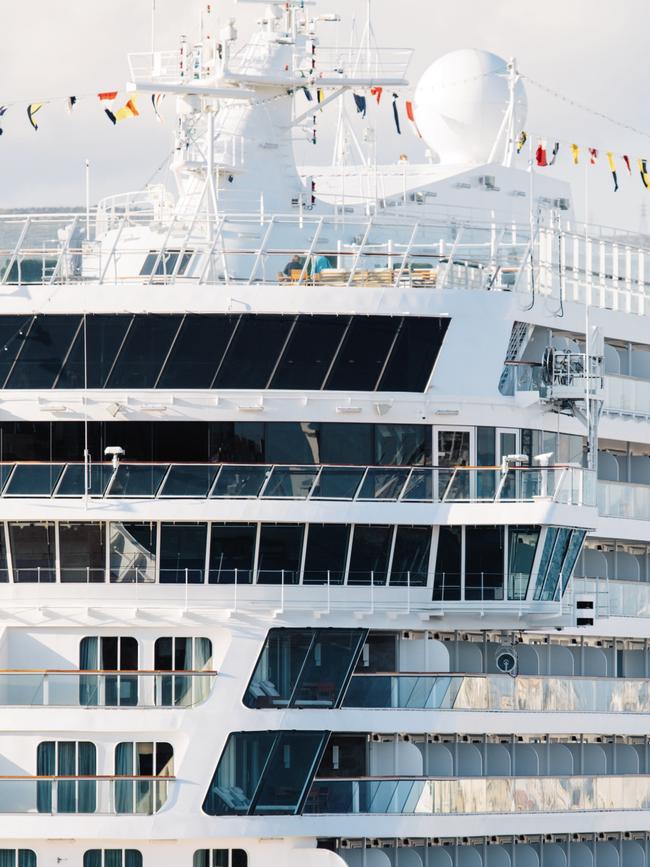
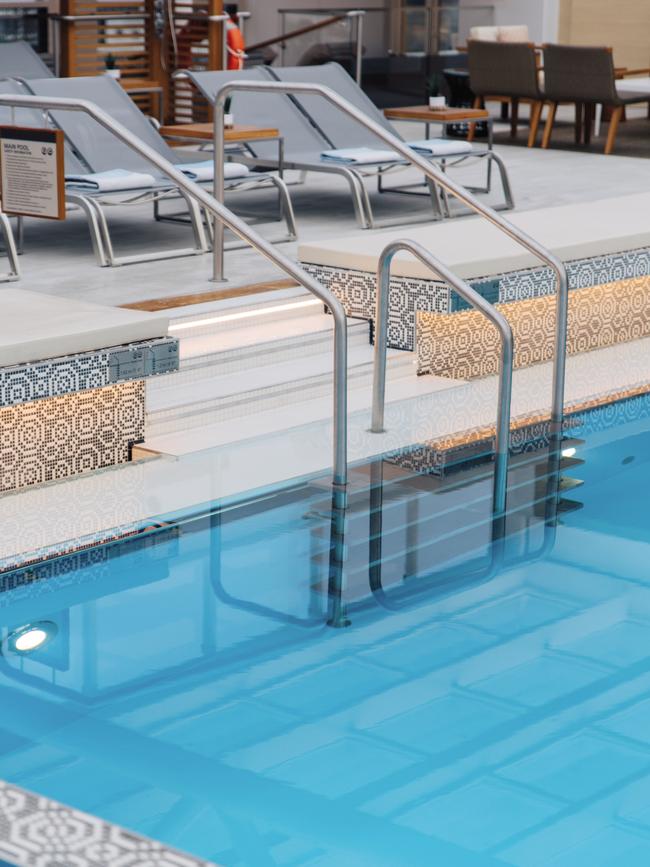
-
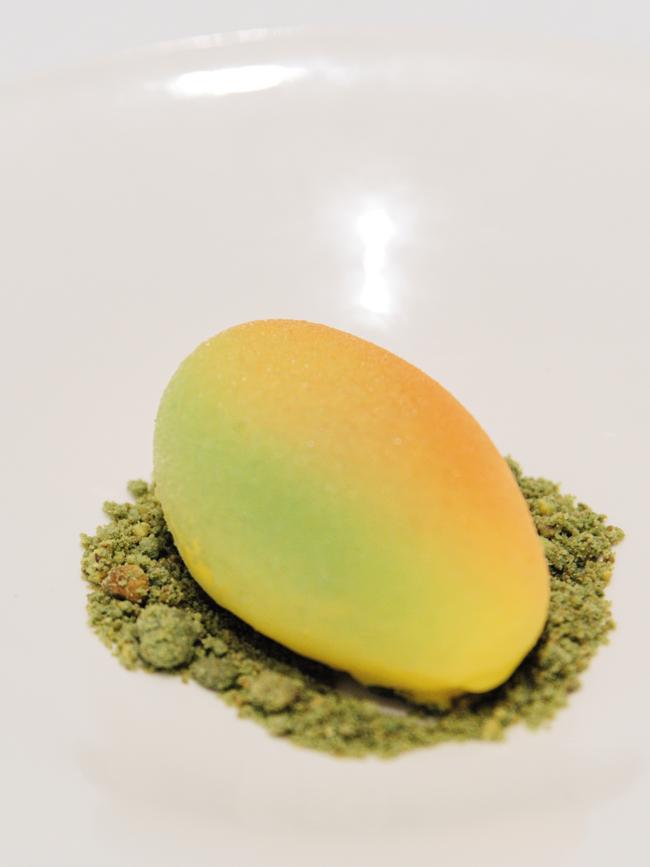
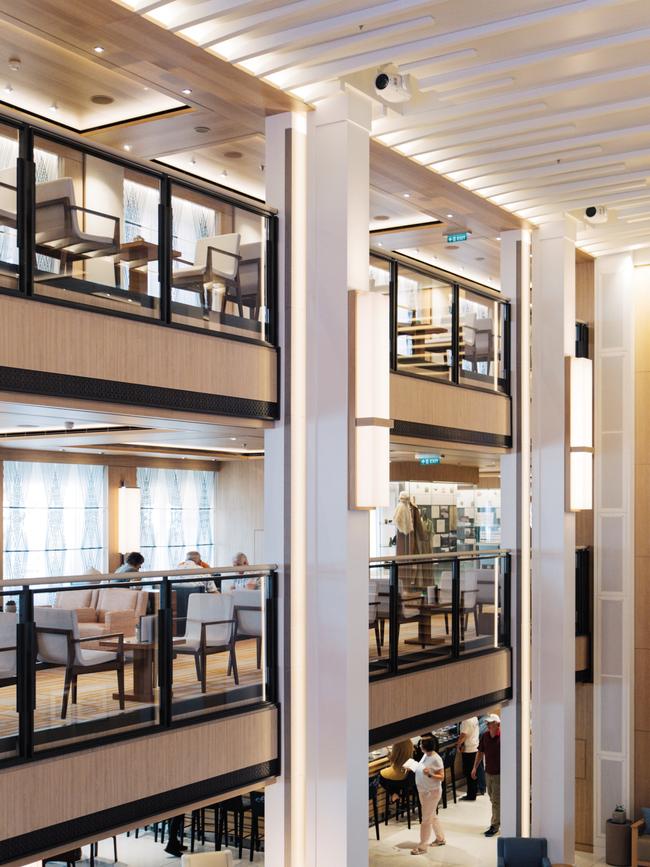
The next morning, sunlight washes over Crete with a celestial glow. It’s a fitting welcome to the island that combines mythological glory (the birthplace of Zeus), historical cachet (the Minoans are the earliest of the Aegean civilisations) and expansive dimensions. Crete is the largest island in Greece, with a coastline spanning over 1000 kilometres. There are generous beaches, craggy mountains (including one of the highest peaks in the country) and cafés galore where locals sip tsikoudia, a grape-based brandy distilled in the hills. But I’m here for the Palace of Knossos, near the island’s north coast, which dates back to around the 17th century BC and boasts the trifecta of the oldest road, flush toilet and throne in Europe.
Knossos exists at the nexus of history and mythology. It’s where Minoan civilisation flourished and the mythical Minotaur was imprisoned in an underground labyrinth. The resourceful Minoans designed remarkable palaces, private apartments and lively murals we can still admire today. More than a palace, the civic project would be rebuilt many times after destructive earthquakes. In the early 20th century it was excavated and restored by a team led by British archaeologist Arthur Evans. Evans made some controversial decisions when stitching it back together, but his efforts mean Knossos is the most popular attraction in Greece after the Acropolis in Athens. We also meander into the mountains to explore the village of Arolithos, where yellow wildflowers carpet the hills and herds of goats move gingerly between boulders. Crete’s economy is based on farming, including olive oil, wine, avocado and bananas. We wander past rough-hewn homes, through narrow lanes, and under mulberry bush arches (grown for the silk trade but long abandoned). A shepherd’s hut built from limestone in a beehive formation indicates a place where time has stood still. A swift shot of Cretan raki wakes us up before we head on our way.
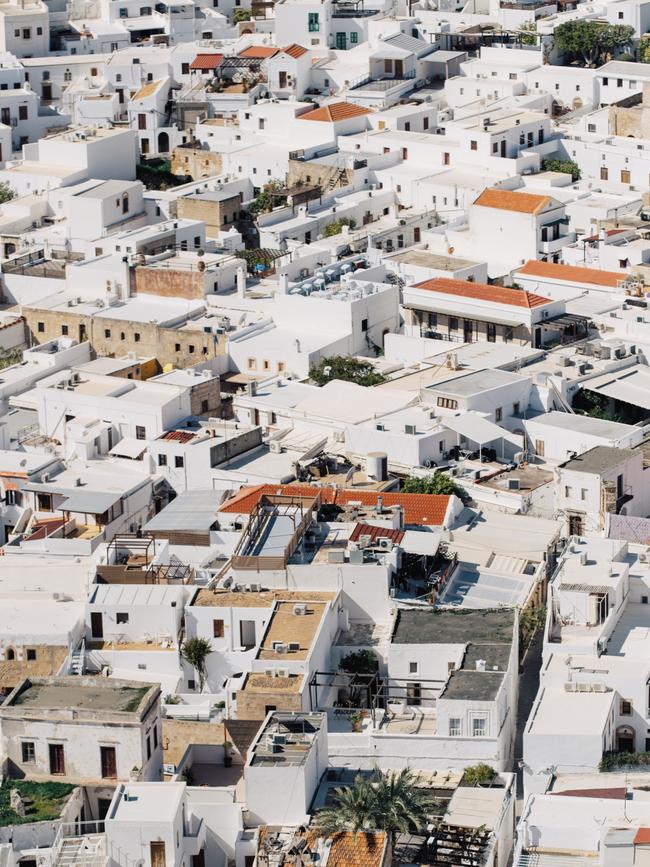

-
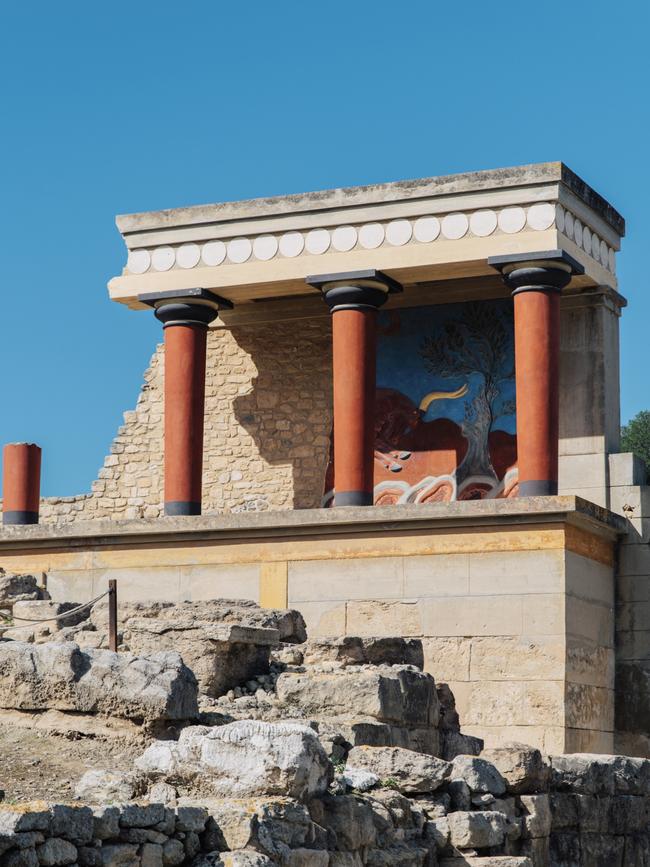
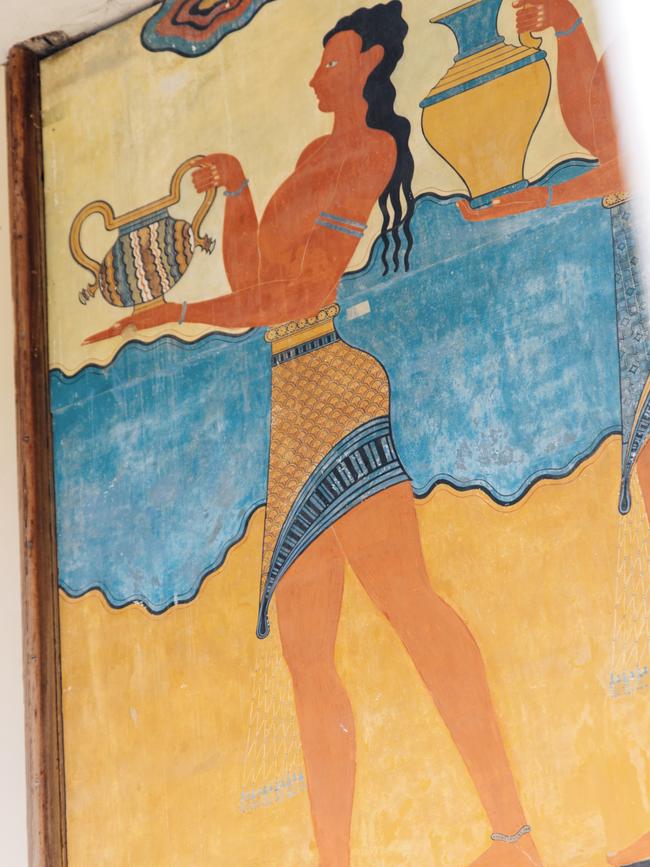
The Saturn sails through the night to Rhodes in the Dodecanese island chain. The famed Colossus, once 32 metres tall, is no longer intact owing to an earthquake about 2300 years ago and its vestiges have long disappeared, yet the island still bears evidence of deep archaeological significance. From the medieval Street of the Knights of St John to the Palace of the Grand Master of the Knights of Rhodes, and the 15th-century harbour fortifications installed to keep invaders at bay there is much to admire. Original cannon balls lie in clusters like oversized Maltesers in the moat. The old town is comfortably accessible from the picturesque port. We head further south to the tiny coastal village of Lindos with its ancient acropolis and whitewashed houses that crisscross arid hills to reach sandy coves and the crystalline waters of the Aegean. This former trading port, famous for goat’s cheese, olive oil and honey, is mercifully sleepy in March before the season begins. In summer, it becomes the hottest spot in the Mediterranean, with temperatures reaching over 40 degrees at the peak.
Even if you visit then you can always retreat to the snow grotto back on Saturn. Its spa has a complimentary thermal zone designed in the Scandinavian bathing traditions. With a hydrotherapy pool, spa and saunas, ice baths and “snow zone”, it’s the ideal place to soothe tired muscles after a day of exertion. There’s also an excellent gym that gets a daily workout with guests of all ages. With 465 staterooms, all equipped with balconies, and a capacity of 930 guests, the ship’s facilities feel generous – never crowded. I stay in a Penthouse Veranda Suite, with a lounge, desk and an inviting bathroom with two basins, heated floors and towel racks. Laundry is complimentary for this room category, and my clothes are returned pressed or wrapped in tissue paper in a white leather box. Room service is brisk, and the stellar menu features many signature dishes. You can buy the items in your room, and book on-board services from hair styling to Botox rejuvenation – for those who prefer to look ageless.

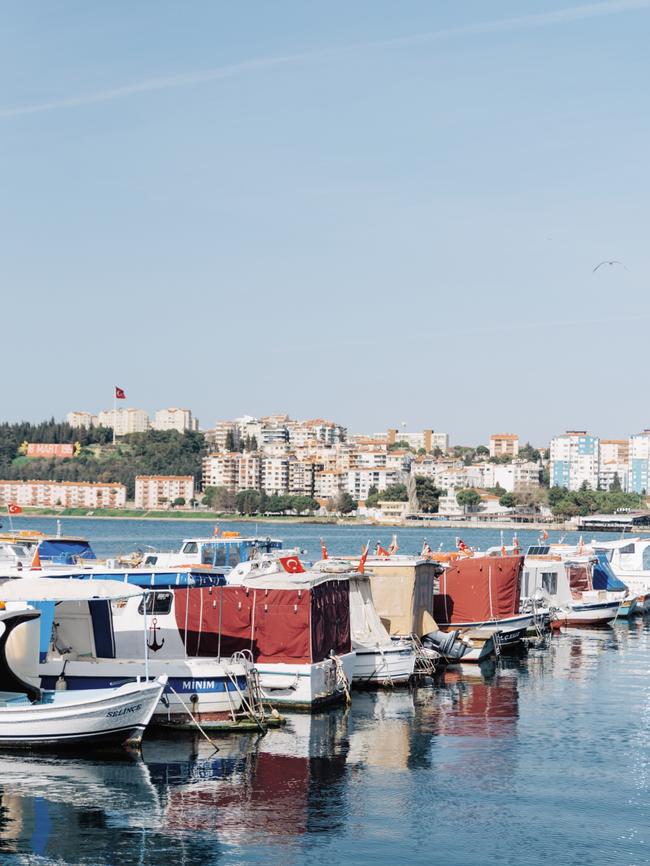
-

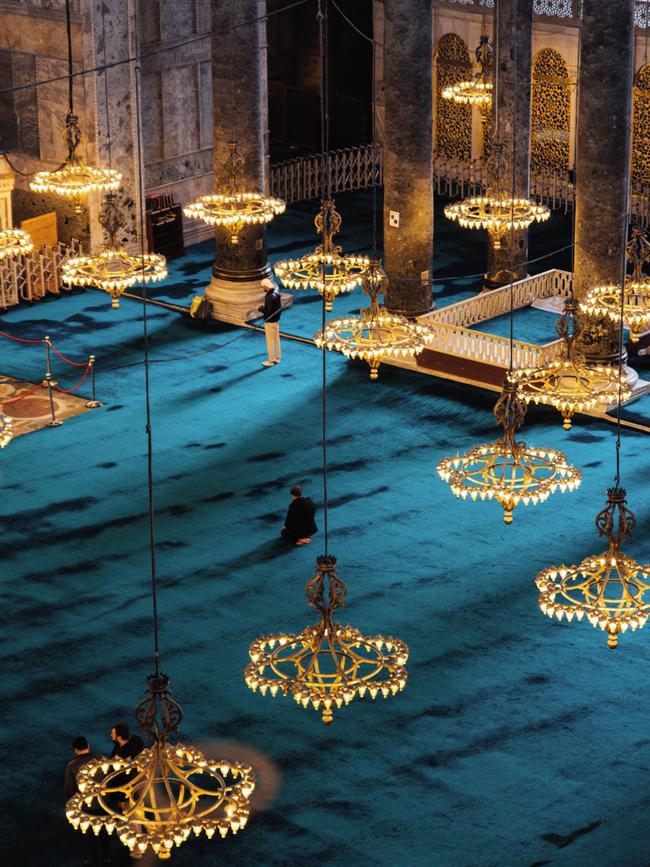
By the time we reach Ephesus in Turkey I feel rested and renewed – and ready to unearth more ruins. This time-worn port, the most important ancient Greek city in Ionian Asia Minor, is acclaimed for its well-preserved remains. After a short drive through rustic Selçuk, laced with citrus orchards and pink-flowering peach trees, we step through a time portal. Ephesus is a pastiche of successive Hellenistic, Roman and early Christian settlements. The Library of Celsus, perhaps its most magnificent still-standing structure, the Great Theatre and terrace houses all date from the Roman Imperial period. I’m astonished that visitors can trot right through this splendid ancient city. The next day, examining the numerous layers at Troy, I’m wowed by the accretion of buildings here, too. It’s believed as many as nine cities existed on this spot over millennia. There is a replica of the Trojan horse in town, leftover from the Brad Pitt movie, which makes for a quirky photo. The port is also the launch pad for day tours to the battlefields of Gallipoli, reached via ferry across the Dardanelles Strait.
The capstone to our majestic journey is Istanbul, the capital that sprawls in every direction across two continents. From my balcony on the Bosphorus I watch as the domes, turrets and towering minarets of the skyline come into focus. We dock at the ultra-modern Galataport complex, with the city at our feet. The Old City of Sultanahmet, formerly the capital of the Byzantine and Ottoman empires, calls first. It’s the site of many landmarks, including Topkapi Palace, the Blue Mosque, Roman-era Hippodrome and the Byzantine Hagia Sophia with its miraculous sixth-century dome ceiling and rare Christian mosaics. The Palace of Constantine is under excavation next door, uncovered by accident when work began on a new Four Seasons hotel. All peregrinations in Istanbul end at The Grand Bazaar, and I finish my trip full of apple tea and Turkish delight and high on history.
The writer travelled as a guest of Viking. viking.com

To join the conversation, please log in. Don't have an account? Register
Join the conversation, you are commenting as Logout